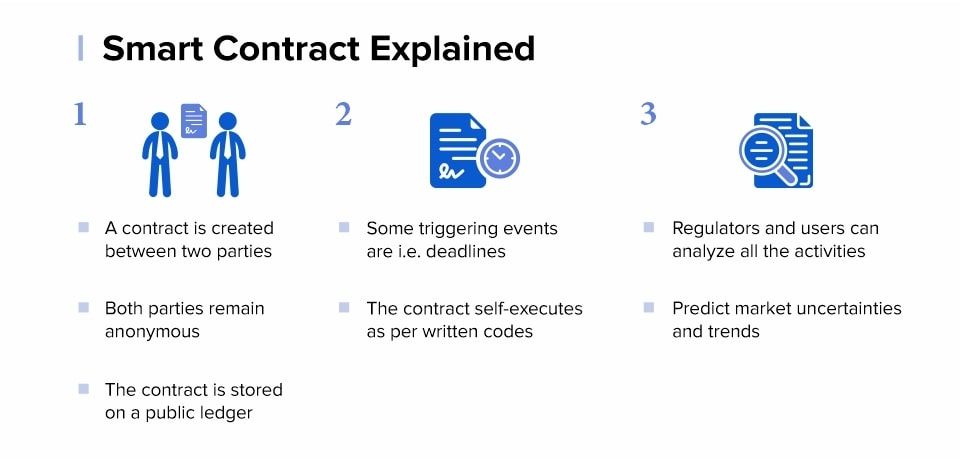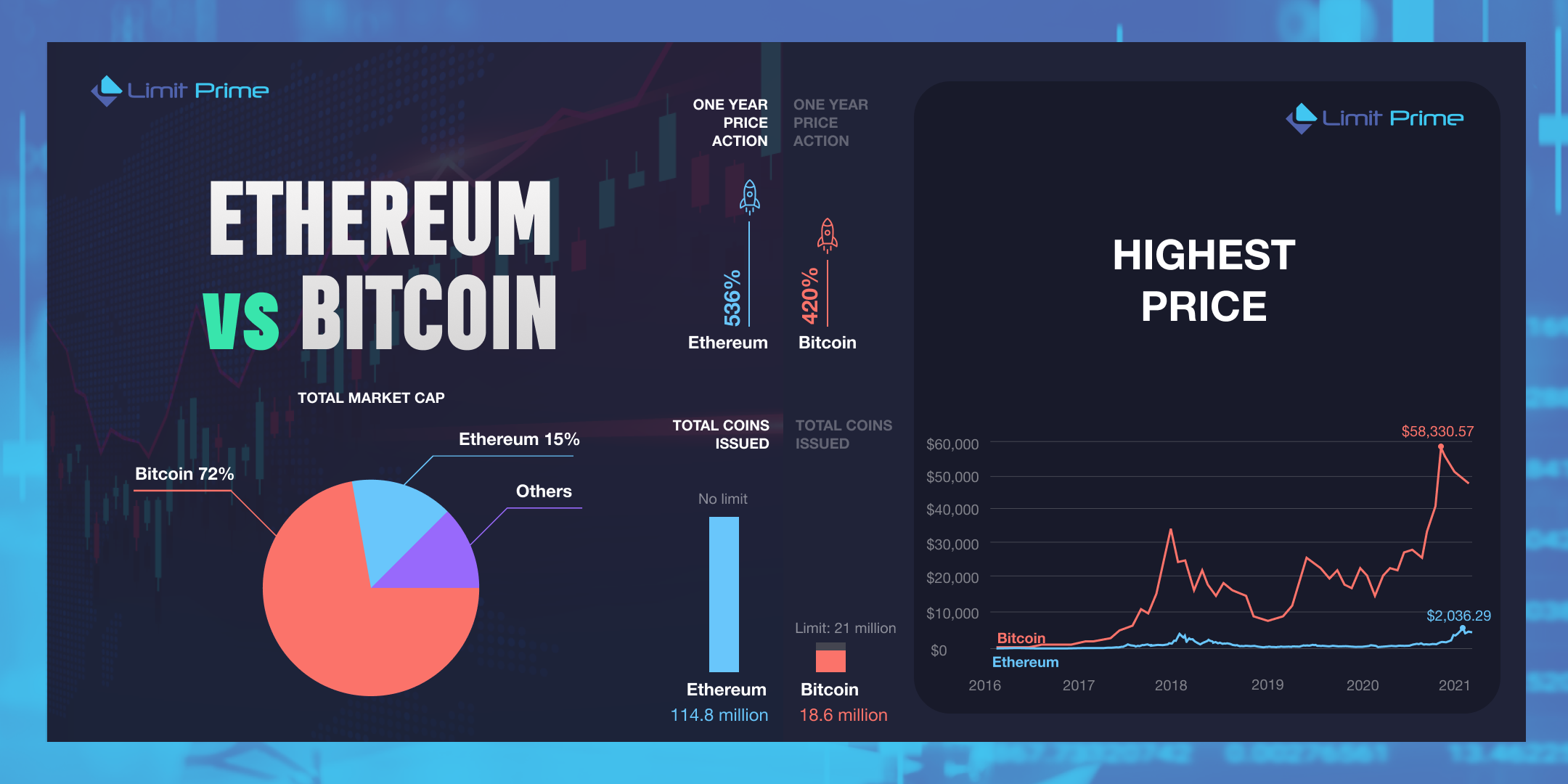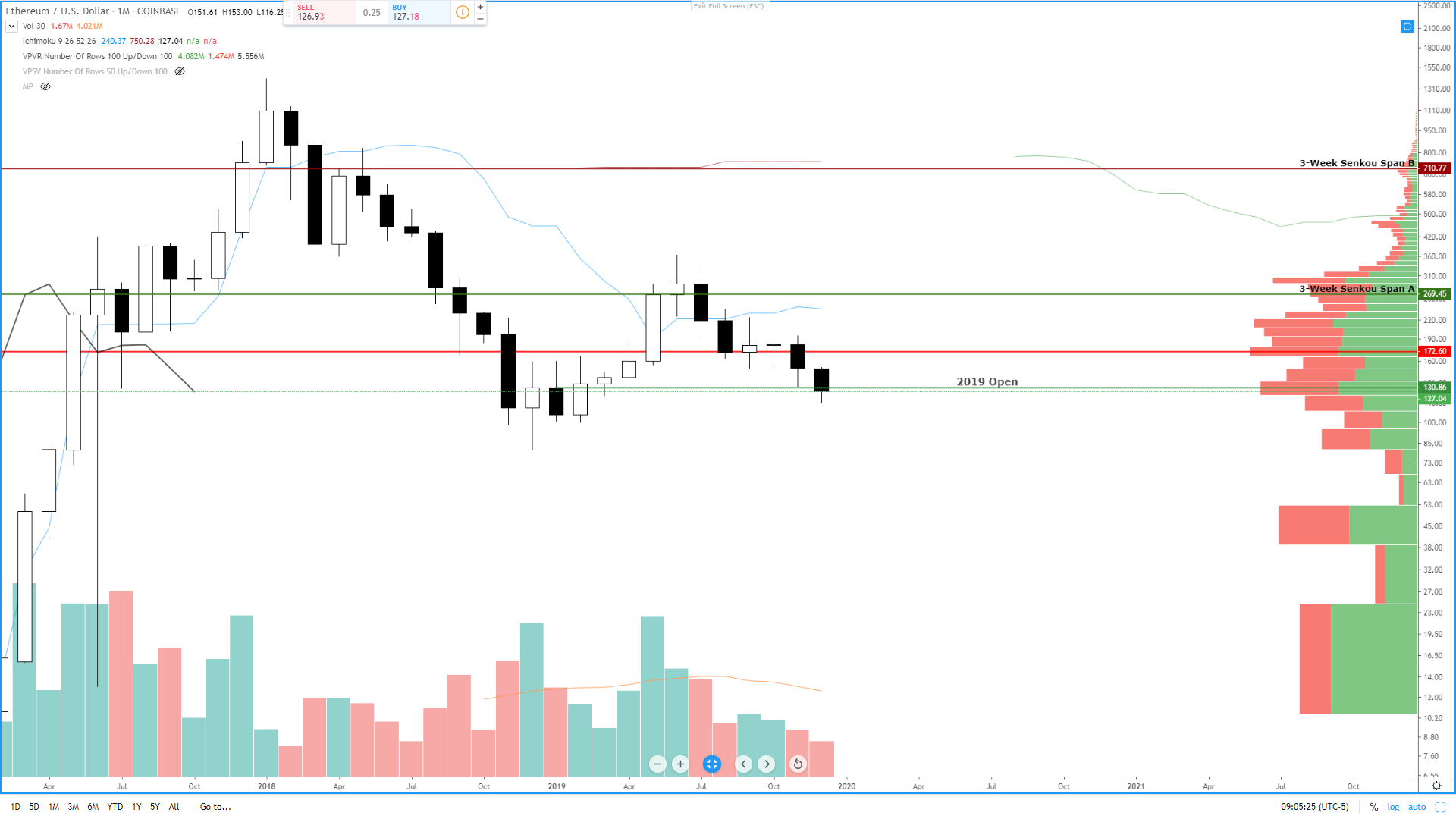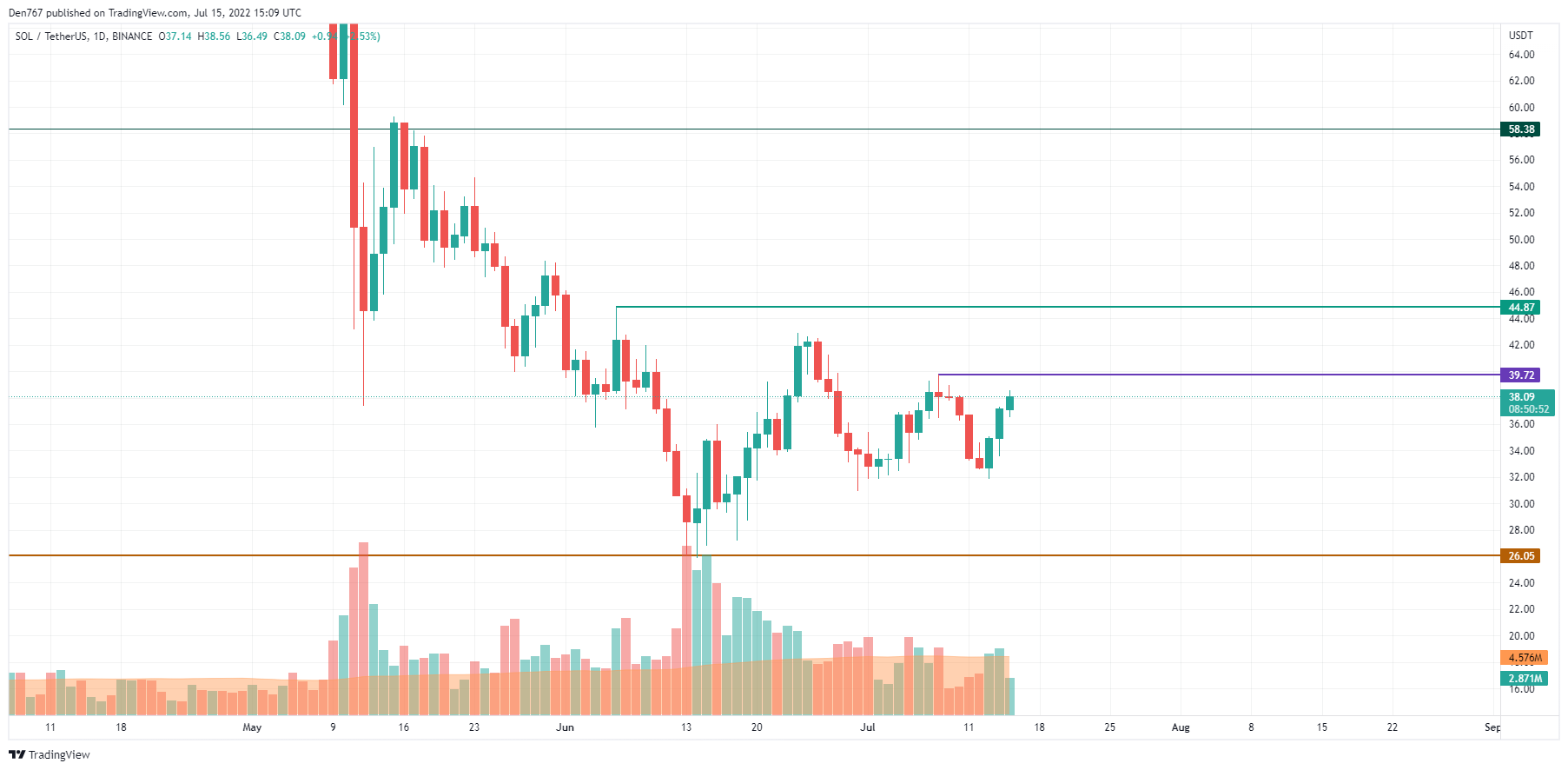Crypto Com Buy Bitcoin Eth Made Easy For Everyone
Crypto.com has emerged as a leading platform for buying cryptocurrencies, particularly Bitcoin and Ethereum, providing users with a seamless experience. With a rich history and a variety of services, it caters to both beginners and experienced traders alike. The platform is designed with robust security measures, ensuring that users’ funds and personal information remain safe as they navigate the exciting world of digital currencies.
In this guide, we’ll walk you through how to set up your Crypto.com account, buy Bitcoin and Ethereum, and explore some of the platform's features that make it stand out. Whether you’re looking to invest or just curious about the crypto space, this overview will equip you with the essential knowledge to get started.
Understanding Crypto.com

Crypto.com is a prominent player in the cryptocurrency market, founded in 2016 with the mission to accelerate the world’s transition to cryptocurrency. Originally known as Monaco, the platform underwent a rebranding in 2018, expanding its services and user base rapidly. Today, Crypto.com offers a comprehensive range of services including buying, selling, and trading a variety of cryptocurrencies. One of the standout features of Crypto.com is its user-friendly interface and a wide selection of over 250 cryptocurrencies available for trading.
The platform also provides additional services such as staking, earning interest on crypto holdings, and even a Visa card that allows users to spend their cryptocurrencies. To ensure the safety of its users, Crypto.com utilizes advanced security measures including two-factor authentication and cold storage solutions.
Creating an Account on Crypto.com
Setting up an account on Crypto.com is a straightforward process that can be completed in just a few minutes. Here’s a step-by-step guide:
- Download the Crypto.com app from the App Store or Google Play.
- Open the app and click on the "Sign Up" button.
- Enter your email address and create a secure password.
- Verify your email by clicking the link sent to your inbox.
- Complete the identity verification process by providing necessary documents such as a government-issued ID and proof of address.
- Once your documents are verified, you can fund your account and start buying cryptocurrencies.
For account registration, users will need a valid email address, phone number, and identification documents. To enhance security, enabling two-factor authentication (2FA) is highly recommended. This adds an extra layer of protection, making it more difficult for unauthorized access to your account.
Buying Bitcoin on Crypto.com

Purchasing Bitcoin on Crypto.com is simple and can be done in just a few steps. Once your account is set up and verified, navigate to the buying section, select Bitcoin, and choose your desired amount to purchase. Crypto.com supports various payment methods for buying Bitcoin, including:
- Bank transfer
- Credit and debit cards
- Crypto deposits
Transaction fees can vary based on the payment method used. Below is a summary of the fees associated with buying Bitcoin on Crypto.com:
| Payment Method | Fees |
|---|---|
| Bank Transfer | Free |
| Credit/Debit Card | 3.5% + $0.10 |
| Crypto Deposits | Varies by network |
Buying Ethereum on Crypto.com
The process of purchasing Ethereum on Crypto.com is very similar to buying Bitcoin. After logging into your account, select Ethereum from the cryptocurrency list and enter the amount you wish to purchase. While the steps are largely identical for both cryptocurrencies, users may notice slight differences in the transaction confirmation times and the types of payment methods available specifically for Ethereum.
One advantage of buying Ethereum on Crypto.com is the access to features like staking rewards, allowing users to earn passive income on their holdings.
Trading Options on Crypto.com

Crypto.com provides a variety of trading options for Bitcoin and Ethereum, accommodating both basic and advanced traders. Users can choose between spot trading, margin trading, and futures trading based on their experience and risk tolerance. The trading interface on Crypto.com is intuitive, offering real-time charts, market analysis tools, and customizable settings for a personalized trading experience. The Crypto.com app further enhances trading capabilities, making it easy to buy, sell, and manage assets directly from your mobile device.
Understanding Transaction Fees
Transaction fees on Crypto.com are competitive compared to other cryptocurrency platforms. When buying Bitcoin or Ethereum, users should be aware of the following fees:
| Transaction Type | Fees |
|---|---|
| Buying Bitcoin | Varies by payment method |
| Buying Ethereum | Varies by payment method |
| Trading Fees | Up to 0.1% for spot trading |
In comparison to other platforms, Crypto.com’s fees are generally lower, especially for users who hold the platform's native token, CRO, which can be used to reduce transaction costs.
Security Features of Crypto.com
Security is a top priority for Crypto.com. The platform employs multiple security measures to protect user funds, including:
- Cold storage for the majority of user funds
- Two-factor authentication for account access
- Regular security audits and compliance checks
To further enhance personal security, users should practice best practices, such as using strong, unique passwords, regularly updating their passwords, and being cautious of phishing attempts. Avoiding common security pitfalls, such as using unsecured networks for accessing accounts, can significantly reduce risk.
Using the Crypto.com Card
The Crypto.com Visa card is a unique feature that allows users to spend their cryptocurrency in real-world transactions. Users can earn cashback rewards based on their spending, with higher rewards for those who stake CRO tokens. Linking your Crypto.com account to the card is a straightforward process, requiring only a few taps in the app. This integration allows instant conversion of crypto to fiat at the point of sale, making it convenient for everyday purchases.
Customer Support and Resources
Crypto.com offers various customer support options, including live chat, email support, and a comprehensive FAQ section on their website. Users can also access educational resources such as articles and videos to enhance their understanding of cryptocurrency trading and investment.Community forums and social media channels provide additional platforms for users to share experiences, ask questions, and stay updated on the latest developments from Crypto.com.
Future Developments and Updates
Crypto.com is continuously evolving, with plans to introduce new features and enhancements to its platform. Upcoming updates may include new cryptocurrencies, improved trading tools, and expanded services for users.Trends in the cryptocurrency market, such as the increasing adoption of DeFi and NFTs, may also influence the direction of Crypto.com. The potential for new cryptocurrencies to be supported on the platform adds excitement and opportunities for users as the market continues to grow.
Last Point
In conclusion, Crypto.com provides a comprehensive and user-friendly way to buy Bitcoin and Ethereum, making it an excellent choice for anyone looking to enter the cryptocurrency market. With its emphasis on security, a wide range of payment options, and additional features like the Crypto.com Visa card, users can enjoy a well-rounded experience. As the crypto landscape continues to evolve, staying informed and prepared will help you make the most of your investments.
FAQ Corner
What payment methods can I use to buy Bitcoin on Crypto.com?
You can use credit/debit cards, bank transfers, and other payment methods to buy Bitcoin on Crypto.com.
Is it safe to use Crypto.com for transactions?
Yes, Crypto.com implements strong security measures, including two-factor authentication and end-to-end encryption, to protect your transactions.
Are there fees associated with buying Ethereum on Crypto.com?
Yes, there are transaction fees that vary based on the payment method used; these fees are clearly Artikeld on the platform.
Can I trade Bitcoin and Ethereum on the Crypto.com app?
Absolutely! The Crypto.com app provides an intuitive interface for trading both Bitcoin and Ethereum.
What should I do if I forget my Crypto.com account password?
You can reset your password by following the recovery process on the Crypto.com login page.

















